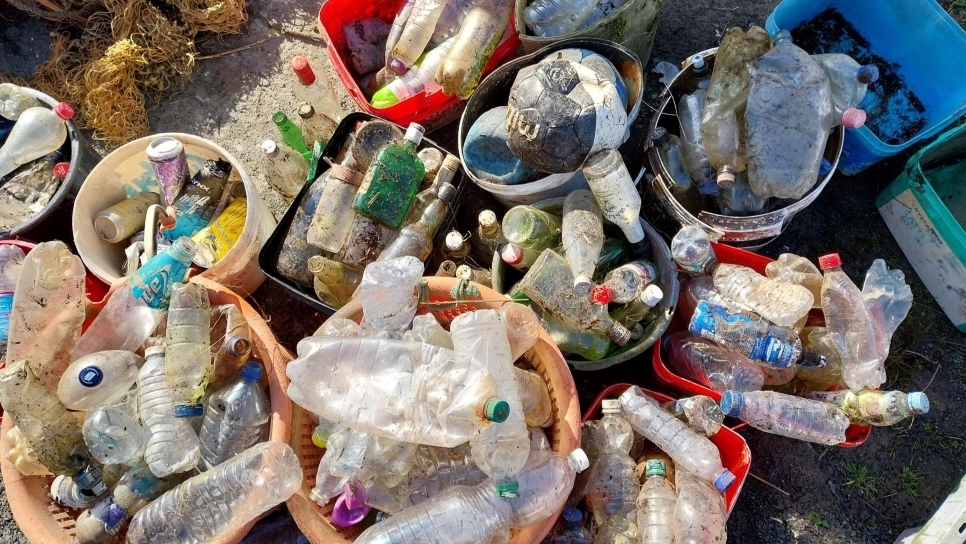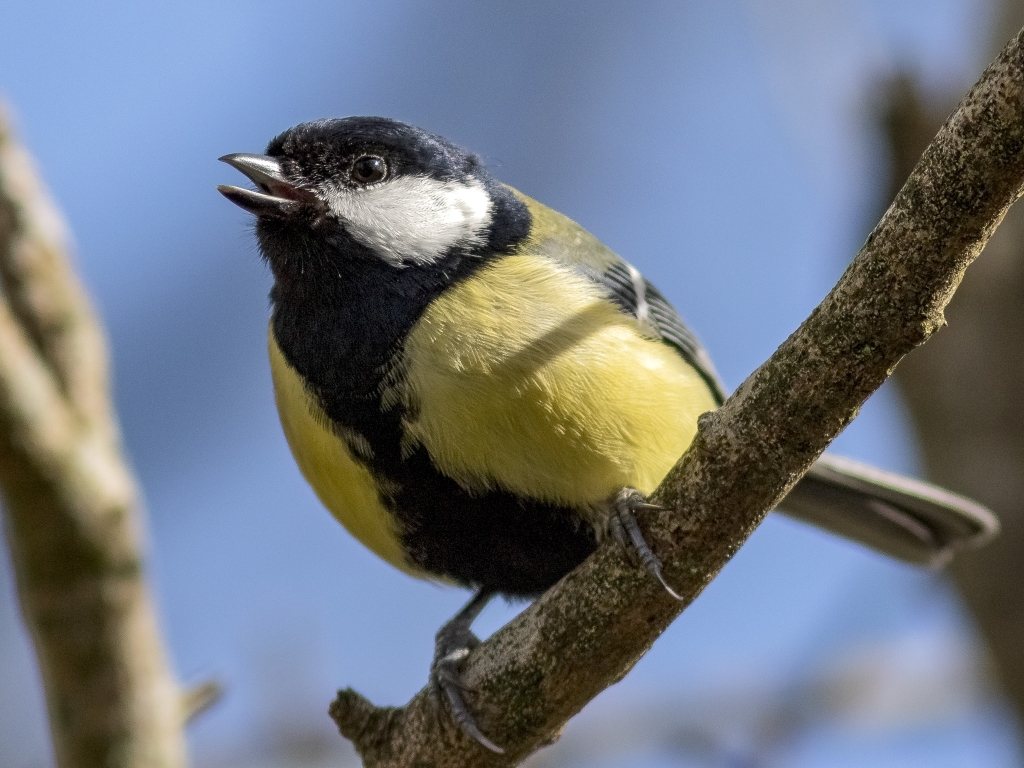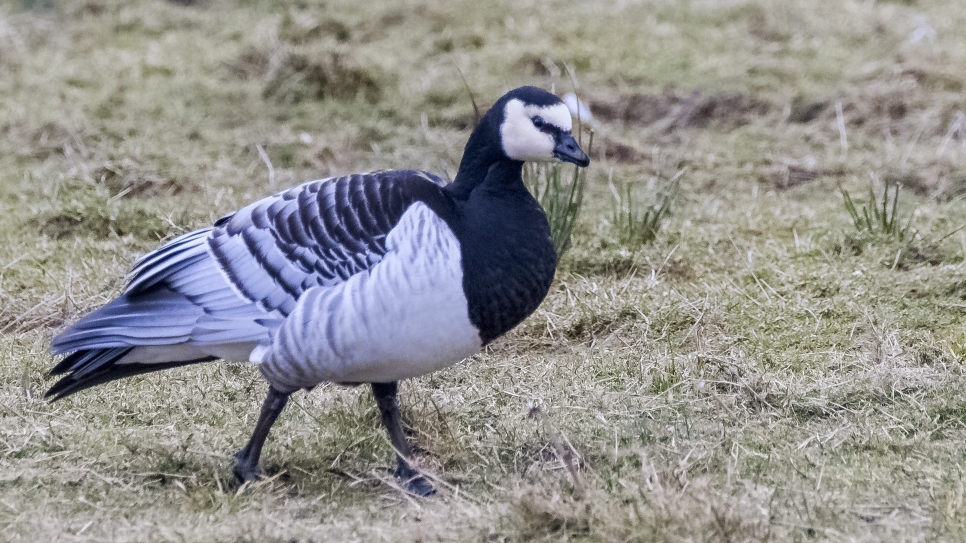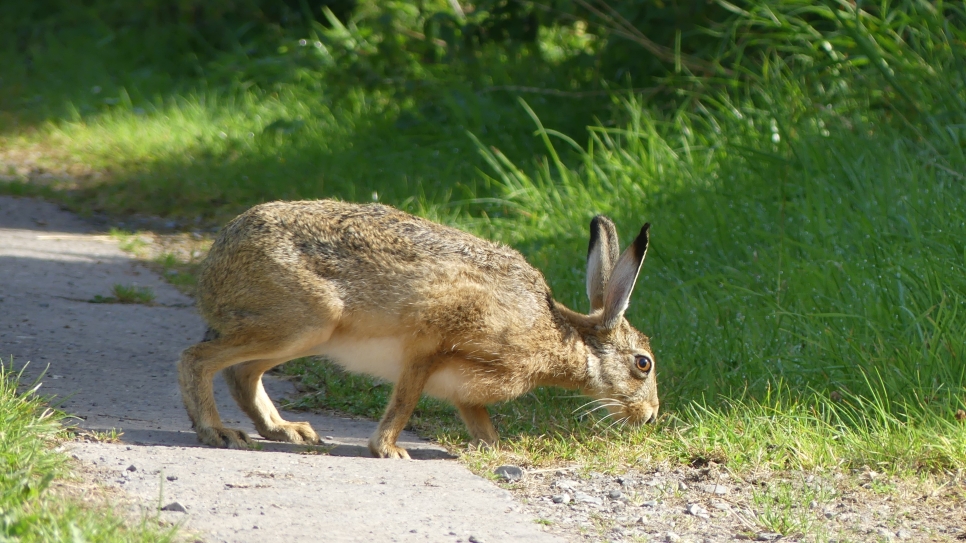Rainy summer reminiscing
As the autumn winds begin to blow our way carrying northern wildfowl to our shores, I have been reminiscing about the breeding season that has just past us here at Caerlaverock. The 2024 spring and summer was not an easy time for our birds on the reserve with extremely high rainfall causing turmoil for many prospective pairs. August had a tremendous 203 mm of rainfall, the highest recorded on site this year beating the runner up April by 55mm. Despite this, the birds still thrived and had a very productive year.
At WWT Caerlaverock, we strive to improve the capabilities of our land to support nature through a variety of small and large scale projects. There is no better feeling than we witness tangible evidence that the work we put in here has positive effects for the wildlife we harbour. Through the Wilder, Wetter Caerlaverock project (funded by the Scottish Government's Nature Restoration Fund and managed by NatureScot), one field at our Powhillon site had been restored by blocking drains and digging multiple scrapes and channels. That work was only finished at the end of March but still resulted in successful breeding of one pair of lapwing and one pair of teal! Seeing these threatened species breed so quickly in this fresh habitat is extremely motivating for us. Further wetland restoration will be continued in this field so who knows what we might get breeding next year!
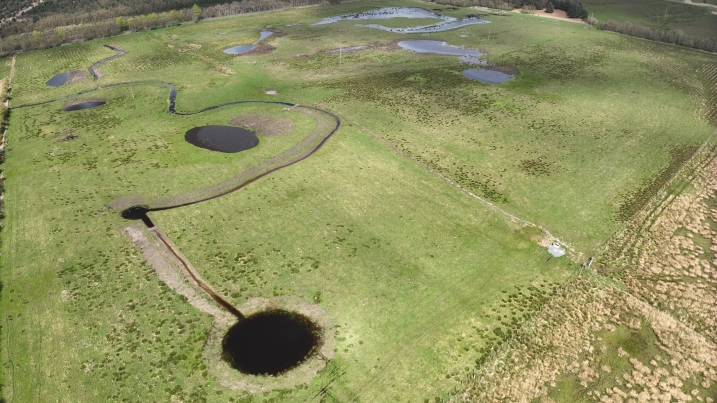
scrapes and trench work at Powhillon by Huw Connick
One intimate encounter with a secretive warbler this year will stick with me for a long time. I have spent many a morning in the past trying to get a good look at this bird, only catching flutters and glimpses. The mechanical, machine gun like rattle that it emits from dense reeds or scrub excites every birder that hears it and has had me waiting for embarrassingly long times sat in the muck to witness it. However, one day in June I was walking down the Saltcot loaning on a sunny morning when I heard the rapid fire song. It was very close. To my disbelief, it was singing exposed on a hawthorn branch beside Sharp’s Lookout. The grasshopper warbler was only two metres from me and I froze in my tracks. I couldn’t believe it hadn’t noticed me and was singing so openly. After about ten seconds of song, it withdrew into the thick bramble scrub at the other side of the hide. No more skulking about in reeds for me. I proudly struck that one from my list.
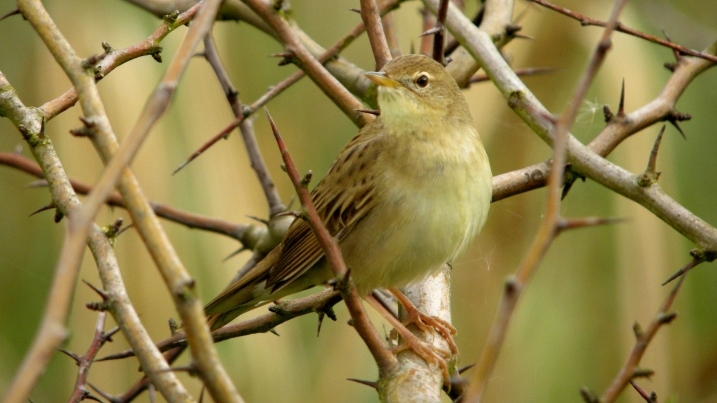
grasshopper warbler perching on a branch by James Lees
Despite all the amazing scenes we see here driven by the life of our birds, the one that truly stuck with this year was the death of one. Around some of the old disused farm buildings, expansive jackdaw colonies have formed. These buildings provide relatively safe nesting points for the birds to breed. Notice I say 'relatively safe'. One day I passed the disused building in our yard to a raucous shouting of jackdaws, house sparrows and tree sparrows. Curious to what was going on, I stopped to observe. There was violent movement in the undergrowth below the buildings, thrashing causing loud clangs from the tin sheets placed here. After a minute, a stoat emerged with a jackdaw fledgling in its maw and looked at me before dragging its victim into our barn. These vicious and murderous mini-mammals never cease to amaze me - the power and agility they display to catch large prey is jaw dropping. However, it really presents how crucial the breeding birds are to our whole ecosystem: this jackdaw likely supported the stoat’s kits elsewhere on site (insert obligatory, overused Circle of Life analogy).
I’ve only picked out a handful of highlights from spring and summer. There really are too much to discuss here! Now the coming autumn and winter at Caerlaverock has something to live up to and I’m sure it will deliver.
Words by Charlie McGrath-Hayes
Feature image of jackdaw by Alex Hillier
